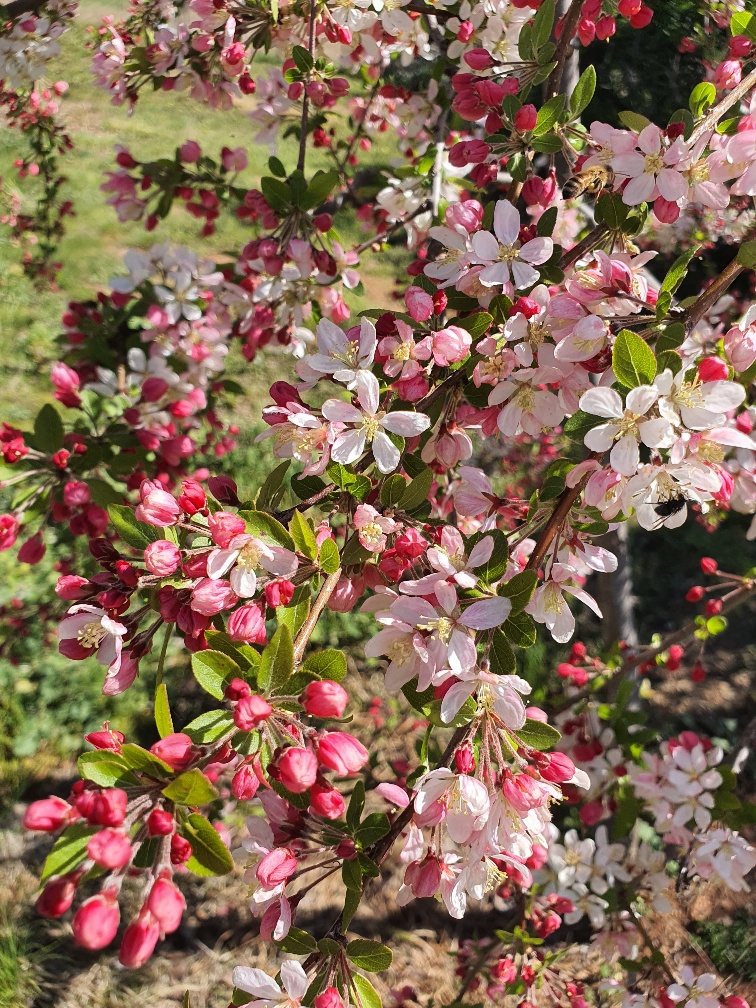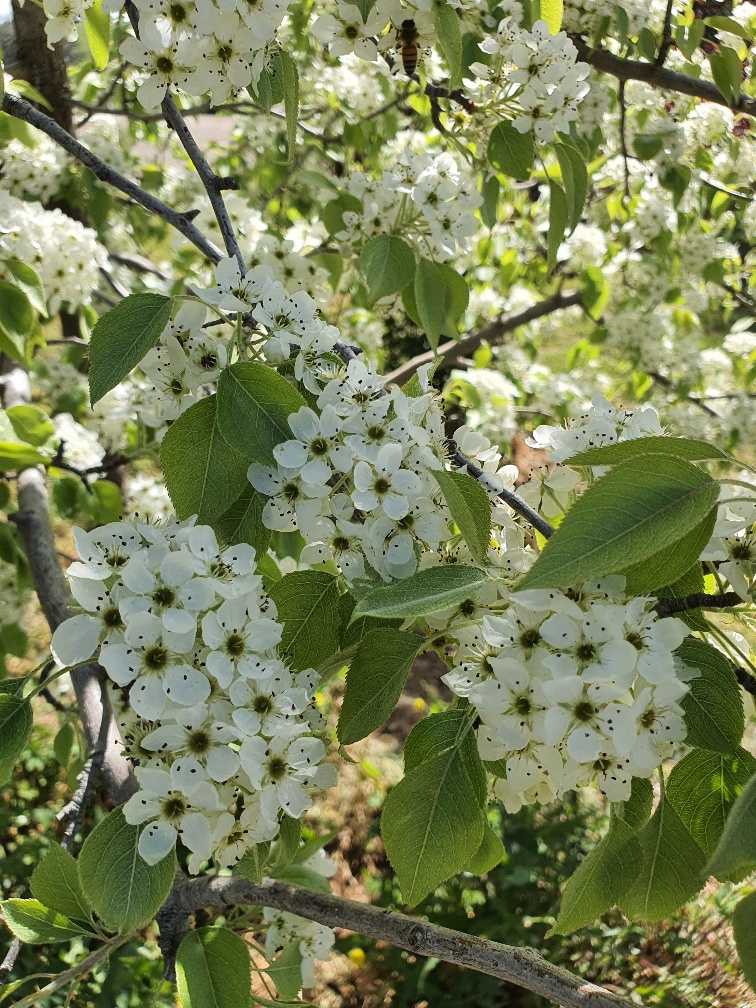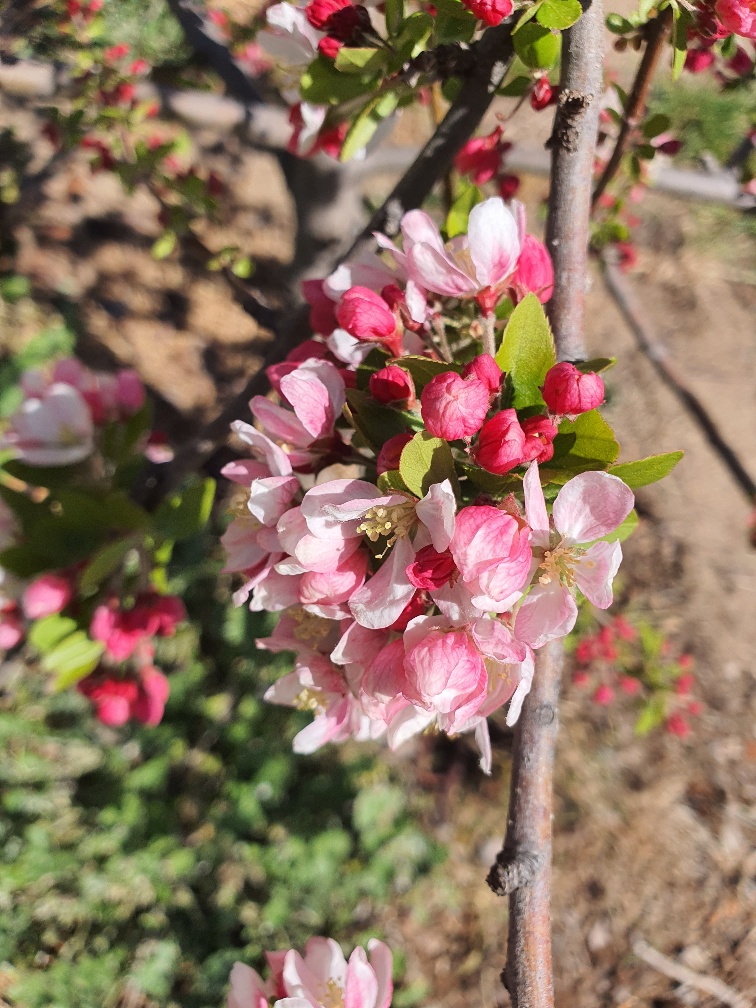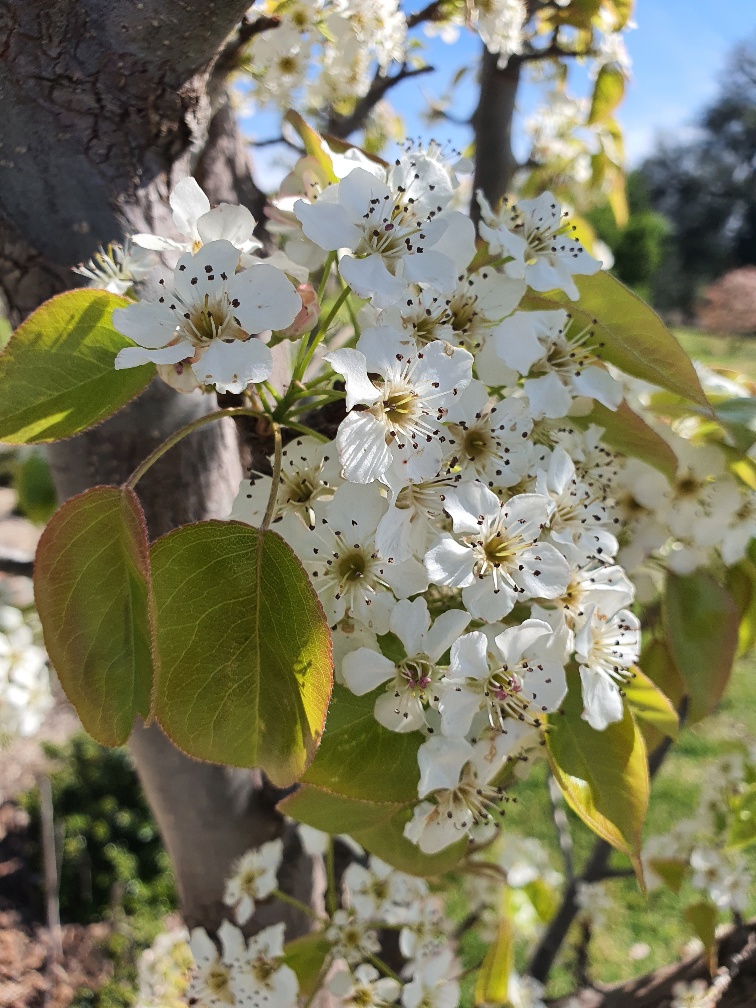
10 Oct Tree Selection
Trees are the living structures of the garden that most likely will be the longest lived element in your garden, they will give the garden height, shade, permanence and as they grow older the trees will give the garden character and a sense of age.
If you make an informed decision in the beginning, you will select the correct species for your garden and then have the pleasure of watching the tree grow and know that you have done a small part to improve your local environment. The factors you need to consider when you are selecting a tree;
SIZE
The height and width of the canopy that the tree will reach at maturity needs to be considered. This size will allow you to imagine the space that the tree will spread over once grown.
SHAPE OR HABIT
The expected shape the tree will grow to form. The height and width dimension will give you an idea of what the actual silhouette of the tree will be. Trees have so many different forms or habits so understanding what this will look like will help ensure you select the right tree for the space. For example if you have a narrow space you would want to select a tree with an upright more fastigiate habit.
QUALITY OF STOCK
Make sure you have a healthy specimen to start with. Check stock for good structure, straight trunks, strong branch attachments, no structural defects or pests and diseases. Buy you trees from reputable suppliers.
MAINTENANCE
All trees will need varying levels of maintenance throughout their life. Watering, fertilising, mulching and formative pruning will be needed. The levels of this maintenance will vary between species. Having an understanding of these elements along with your time availability will help you select the correct tree for you.
DECIDUOUS OR EVERGREEN
Depending on your climate and location some trees will be more suited to different locations. You might have a north facing position that would benefit from having a large tree to give shade but you might want the sun in the winter so a deciduous tree will give you the summer shade and winter sun.
FLOWERING OR FRUITING
The timing of when trees flower in your area is a good factor to consider when you are selecting trees. Look around your area and see when different species are in flower.
Here at the garden at the Berkshires I purposely chose a selection of flowering deciduous trees as our main feature trees in the rear garden. They each start at slightly different times in spring so we have a longer flowering season through spring. The first tree to flower is the Prunus Nigra (Ornamental Plums) then we have the Pyrus “Capital” (Capital Pears) flowering they give way to the Pyrus nivalis (Snow Pears), then the Malus floribunda (Crab Apples) and then lastly we have the Cercis ” Forest Pansy”. In the meantime we also have the lovely lush growth of Fraxinus “Raywood” (Claret Ash) shooting through.
Another factor to consider with flowering or fruiting trees is the amount of mess they make. While the flowering and fruiting of most trees is ornamentally a great asset, it can also be a maintenance issue if there are pathways, driveways or pools near the tree.
LIFE SPAN
The expected life span of the tree will allow you to design and manage your garden appropriately.
If all of these elements are considered your trees will grow, thrive and survive the test of time.






